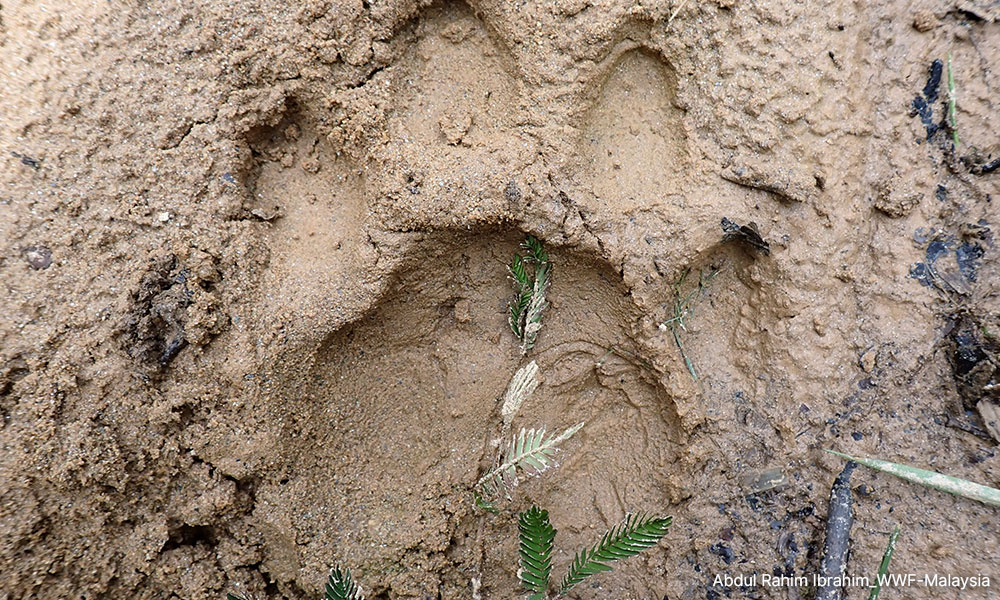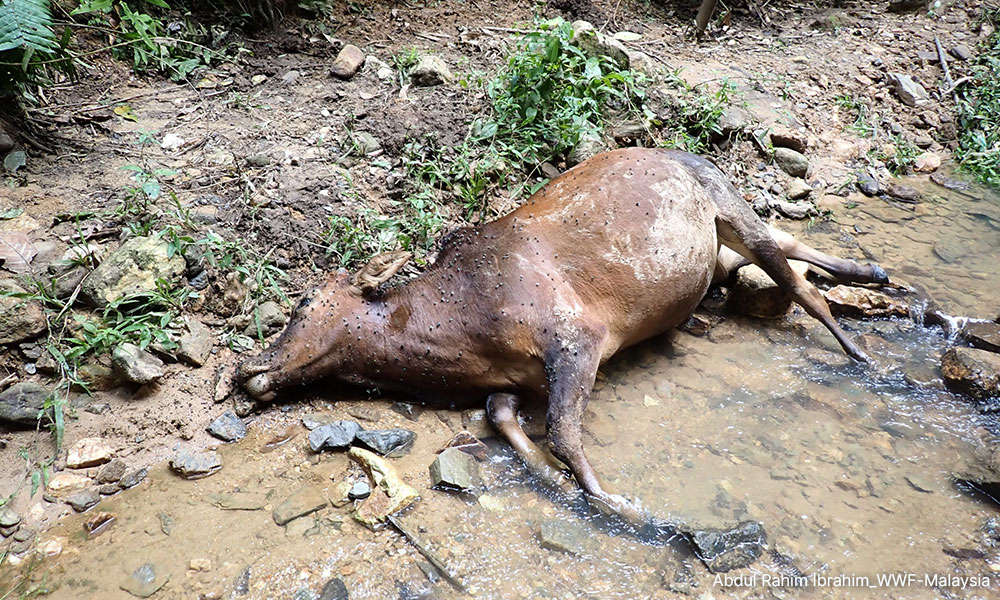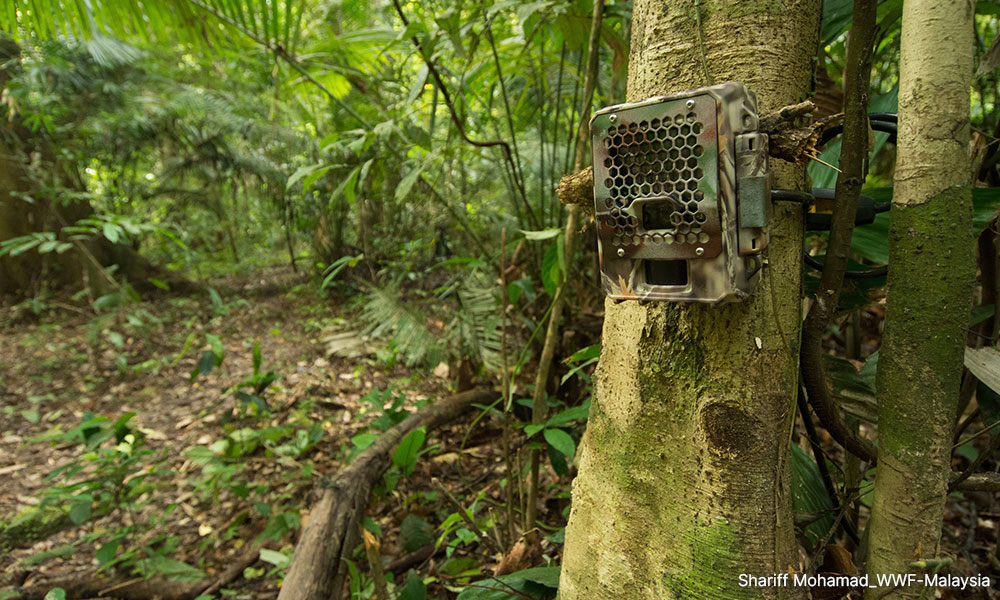LETTER | How to stop or prevent human-tiger conflict
LETTER | The recent spate of human-tiger encounters raises grave concern for both human safety and the survival of the critically endangered Malayan tiger.
Recently, several cases of cattle depredation by tigers were reported. Villagers’ livestock have been attacked in the night. In late August, a tiger was caught crossing a highway in Pahang.
In a recent viral clip on Sept 26, a tiger was spotted along the Gua Musang-Jeli road. In another more recent incident in Pos Pasik, Kelantan, an Orang Asli man out fishing was fatally mauled by a tiger.
Even with the vast acres of forest in Malaysia, tigers, who are by nature solitary and prefer to stay away from humans, are driven to venture outside of the forest fringes to meet a basic need - food to survive.
A primary factor driving tigers out is the lack of large prey in the forest. The tiger’s preferred prey is the sambar deer, one of which can sustain the tiger for a few days. However, sambar deer numbers have declined.
Another tiger prey species, the wild boar, is also declining in numbers from African Swine Fever, a new emerging threat.
Tigers are forced to seek out alternative food sources, including domestic livestock, often bringing them into conflict with humans.

When any wild animal poses a safety concern, there is little option but for the Department of Wildlife and National Parks to trap the creature, remove it from the area and take it to a facility.
However, if this is to frequently occur, eventually there may be even fewer tigers in the wild.
Two key priorities need to be addressed here - one is to safeguard human lives. Second, prey augmentation: give the tigers what they need – food to survive.
By combining precautions and concerted efforts to boost prey populations, we can strike a balance that ensures both human safety and the conservation of these magnificent creatures in their natural ecosystems.
Precautionary measures
Stopping or preventing human-tiger conflict before it occurs is by far the best way to deal with the problem.
1) Establish and maintain early warning systems to alert communities about the presence of tigers in the vicinity:
Install motion sensors and camera traps that can detect tiger movements.
Develop a community communication network to relay alerts promptly.
2) Encourage villagers to implement robust livestock management practices:
Build sturdy enclosures for livestock, ensuring they are well-protected at night.
Avoid keeping livestock near forest fringes where they could attract tigers.
Check on their livestock from time to time.
3) Implement deterrents to discourage tigers from approaching human settlements:
Visual deterrents: Install bright lights along pathways and near livestock enclosures, and clearing overgrown vegetation in areas like enclosures, villages, or gardens that could serve as hiding places for tigers.
Acoustic deterrents: Use loud noises, such as air horns, to deter tigers.
4) Conduct regular awareness programmes to educate villagers about the behaviour of tigers, their habitats, and the reasons behind their movement towards human settlements:
Emphasise the importance of coexistence and how responsible actions can contribute to both human safety and tiger conservation.
5) Establish community patrols to monitor and report any signs of tiger presence:
Train local volunteers on tiger behaviour and safe patrolling practices.
Collaborate with local authorities for effective coordination and reporting.
6) Advocate for the implementation of livestock insurance programmes:
In case of tiger attacks on livestock, insured villagers can be compensated, reducing economic losses. This can foster a more positive attitude towards tiger conservation.
7) Develop a comprehensive emergency response plan in case of a tiger encounter:
Educate villagers on immediate actions to take, such as seeking shelter in designated safe areas.
Establish communication channels with local authorities for swift response.

By implementing these step-by-step preventive measures, communities can actively contribute to reducing the instances of human-tiger conflict while promoting coexistence and preserving the endangered Malayan tiger population.
However, while precautionary measures are vital, they alone cannot solve the human-tiger conflict crisis.
Urgency of prey augmentation
The urgency of prey augmentation cannot be overstated. By increasing natural prey populations like deer and wild boar, we create a healthier ecosystem that reduces the necessity for tigers to venture into human settlements for sustenance. This not only enhances human safety but also ensures the ecological integrity of the forest, benefitting various species.
To address the impact of African Swine Fever on wild boar populations, we need to develop comprehensive disease management strategies. Continuous research and monitoring of prey populations and tiger behaviour is crucial to assess the effectiveness of prey augmentation efforts.

While the presence of cubs from 2020 to 2022 is a good indicator that tigers are breeding, these cubs will eventually become adults that need space to roam and hunt prey to survive.
If we are looking at recovering the Malayan tiger population, we also need to ensure that they have a safe habitat, one with ample space and sufficient prey.
Although recent initiatives like the prey augmentation programme in collaboration with Perhilitan, Perak State Parks Corporation, and WWF-Malaysia are a good start, the challenge ahead is substantial.
With Malayan tiger numbers dwindling to fewer than 150, the need for action becomes urgent.
We must expedite and intensify efforts into prey augmentation to prevent further human-tiger encounters. It is not only a crucial step in reducing conflict incidents but also a means to restore ecological balance, conserve the critically endangered species, and foster a sustainable coexistence between humans and tigers.
Echoing the words of John Payne in, ‘Best way to save the Malayan tiger’, (The Star, Sept 30, 2023), without human intervention, we cannot expect the species to recover on its own, given the lack of prey due to poaching and habitat loss. If this critical aspect remains unaddressed, all other conservation efforts would prove futile.
WWF-MALAYSIA is part of WWF, the international conservation organisation, working to sustain the natural world for the benefit of people and wildlife.
The views expressed here are those of the author/contributor and do not necessarily represent the views of Malaysiakini.
RM12.50 / month
- Unlimited access to award-winning journalism
- Comment and share your opinions on all our articles
- Gift interesting stories to your friends
- Tax deductable
